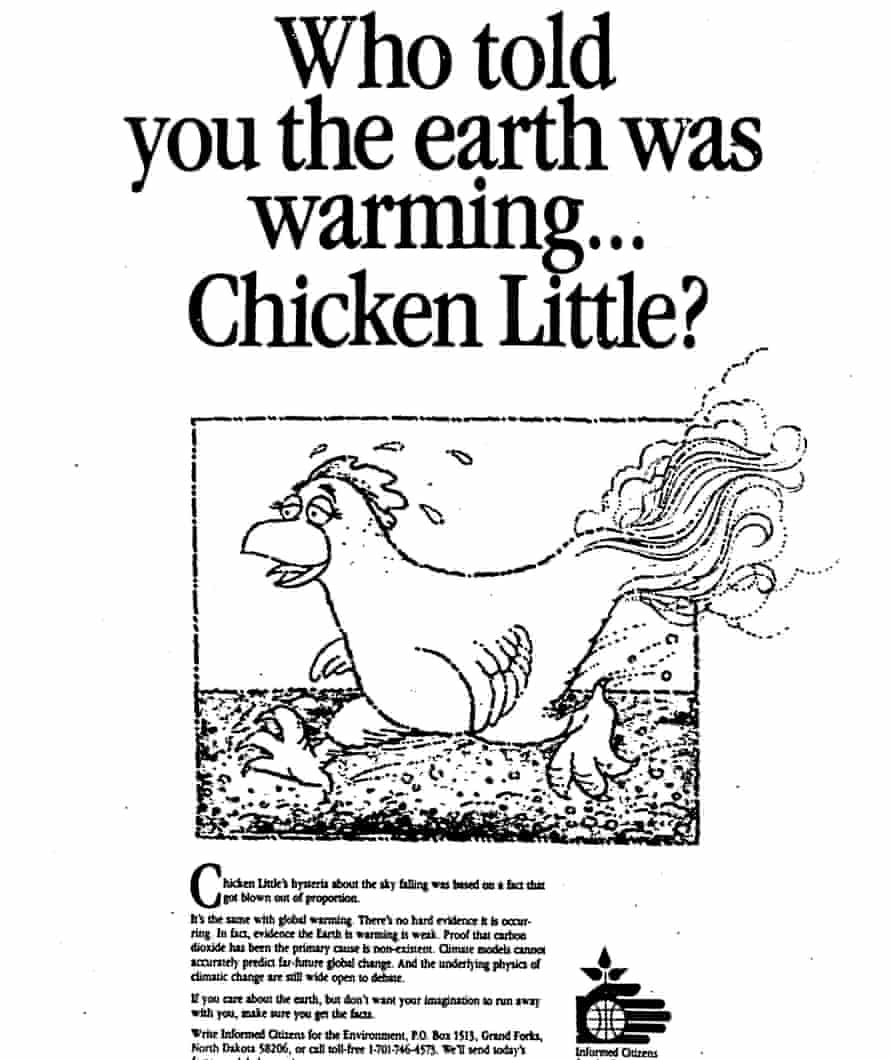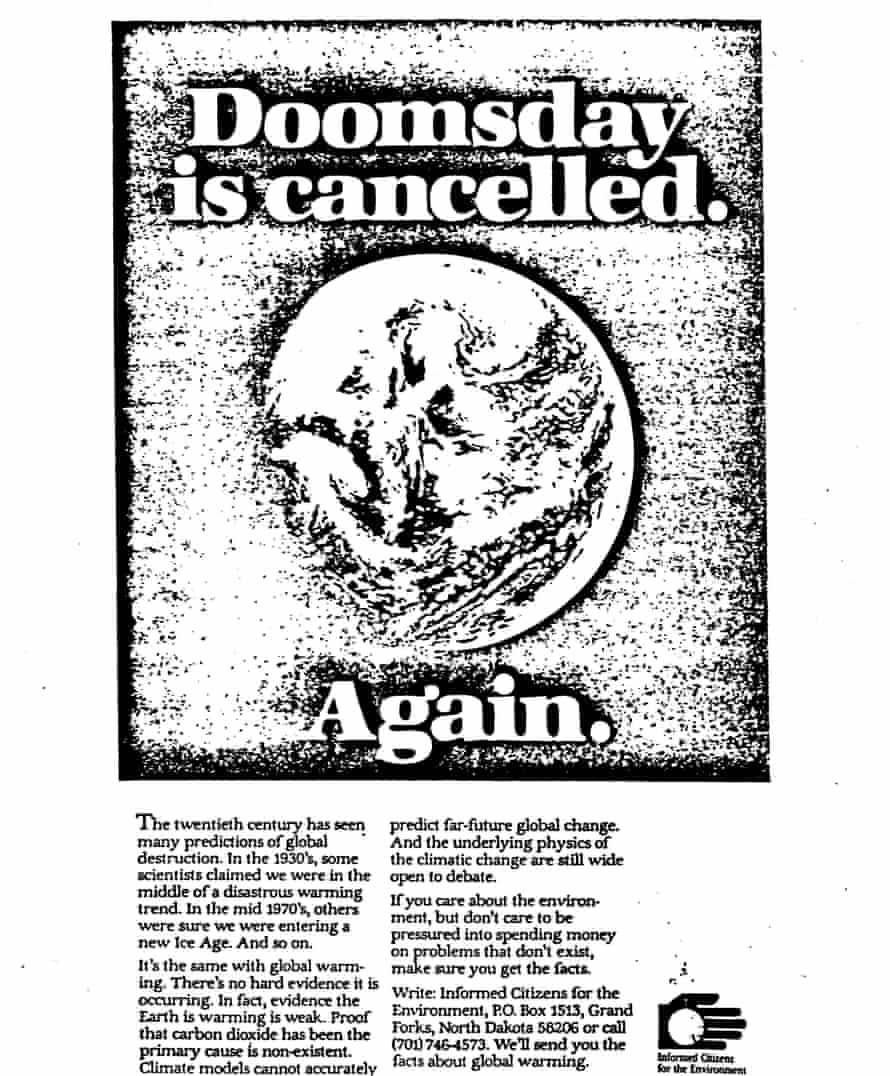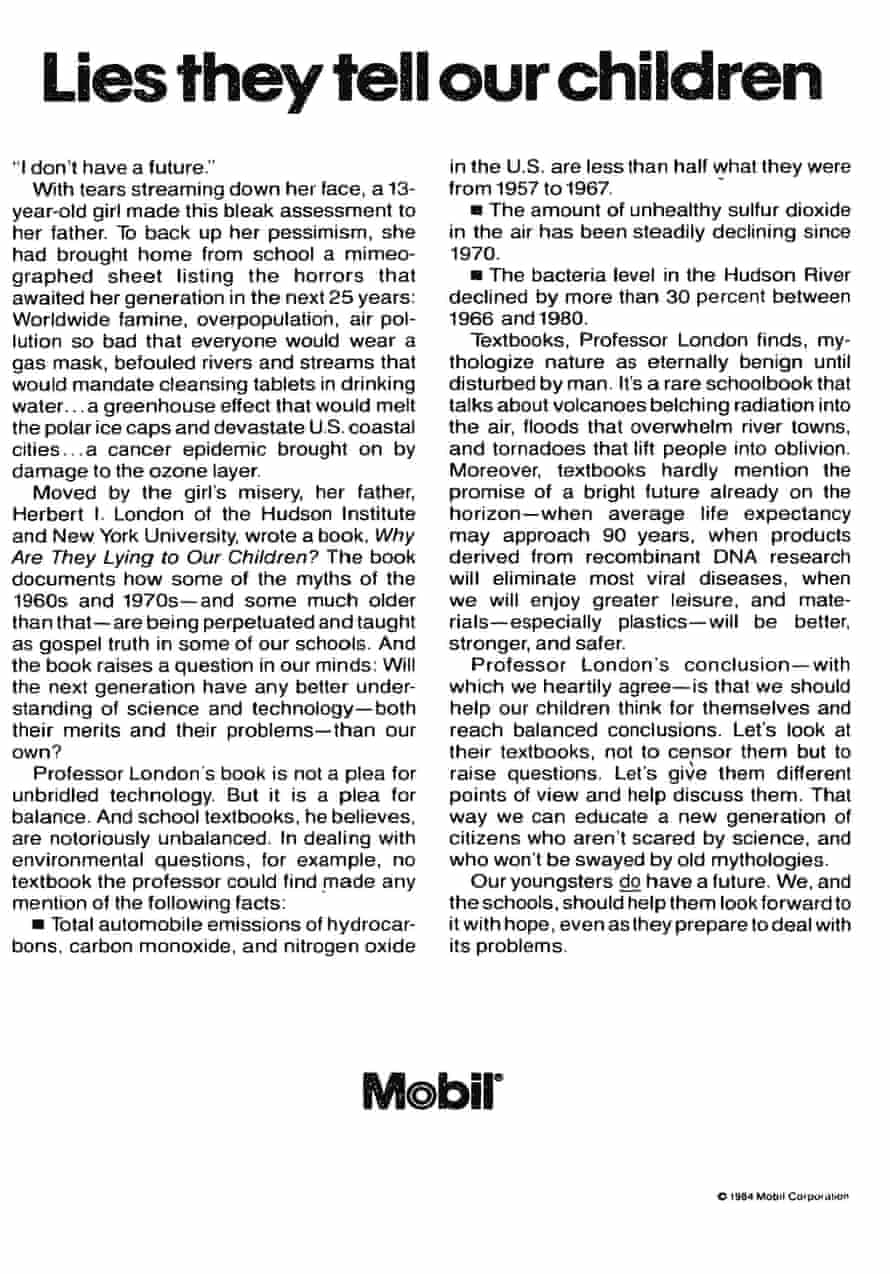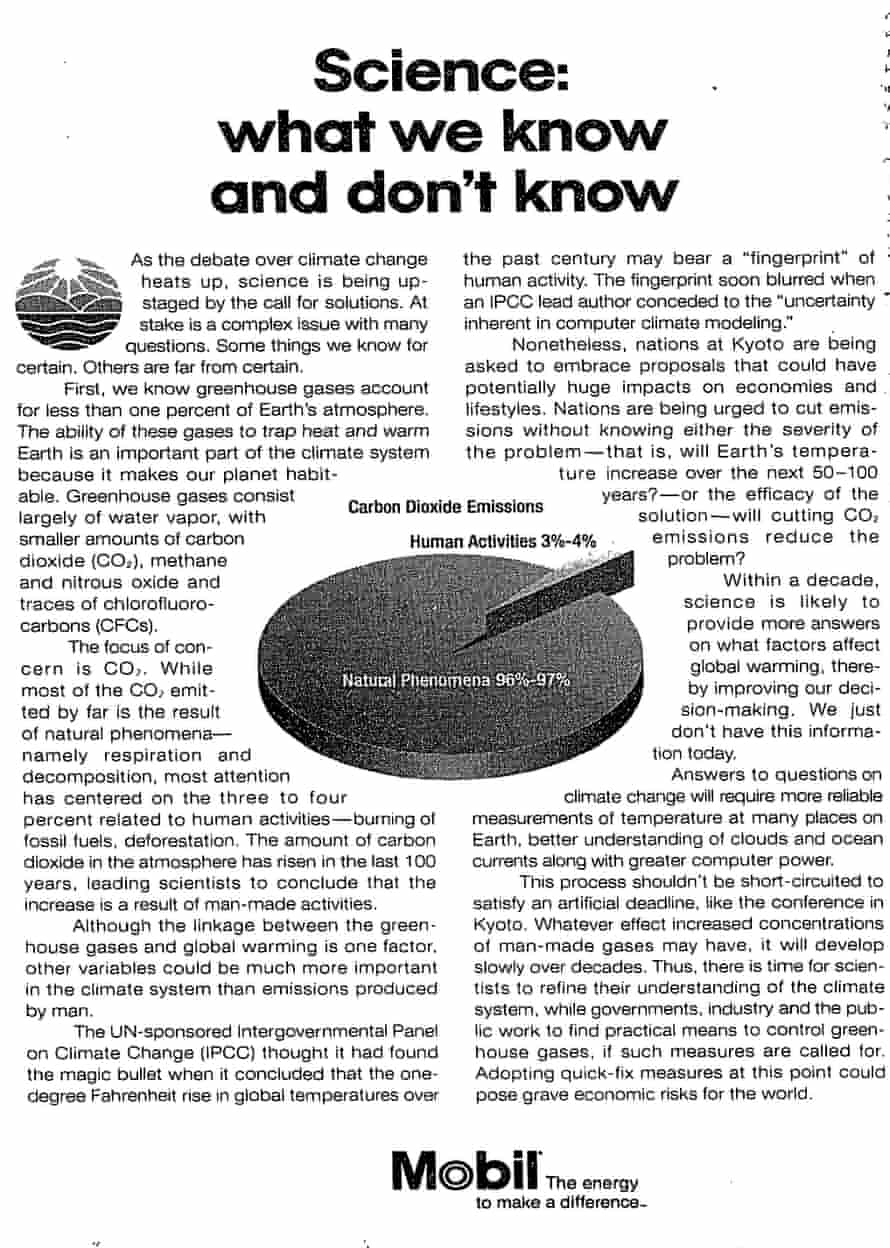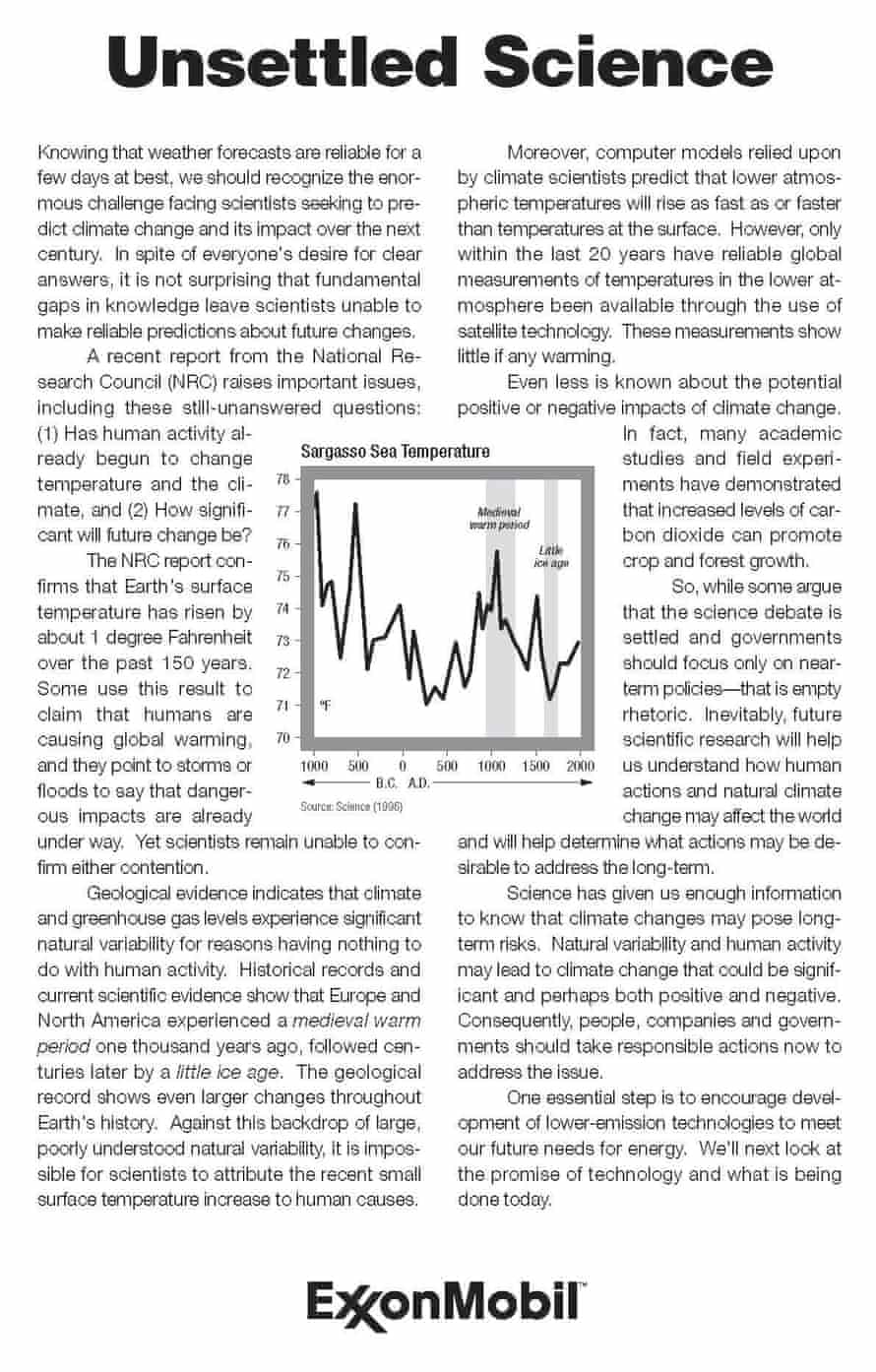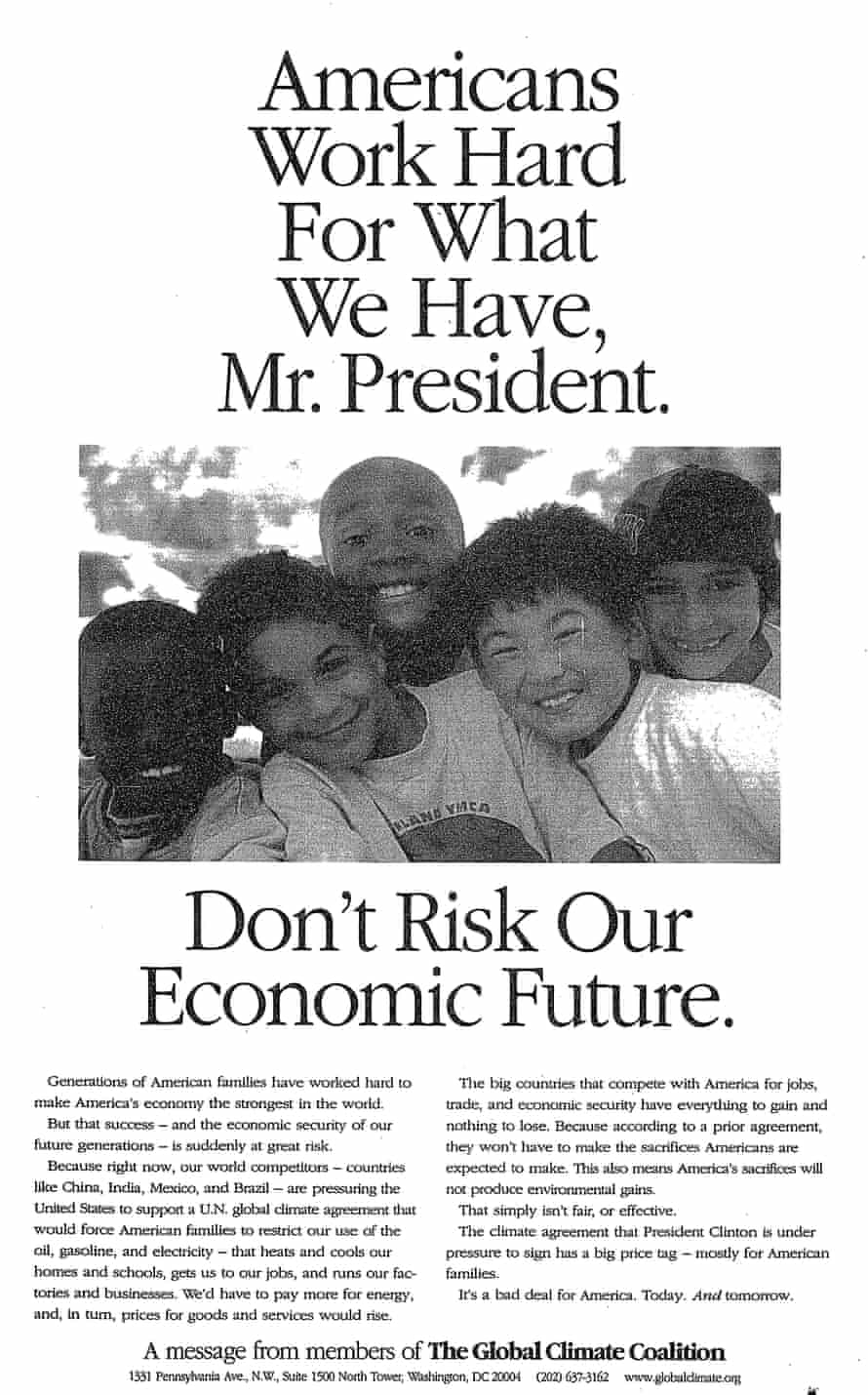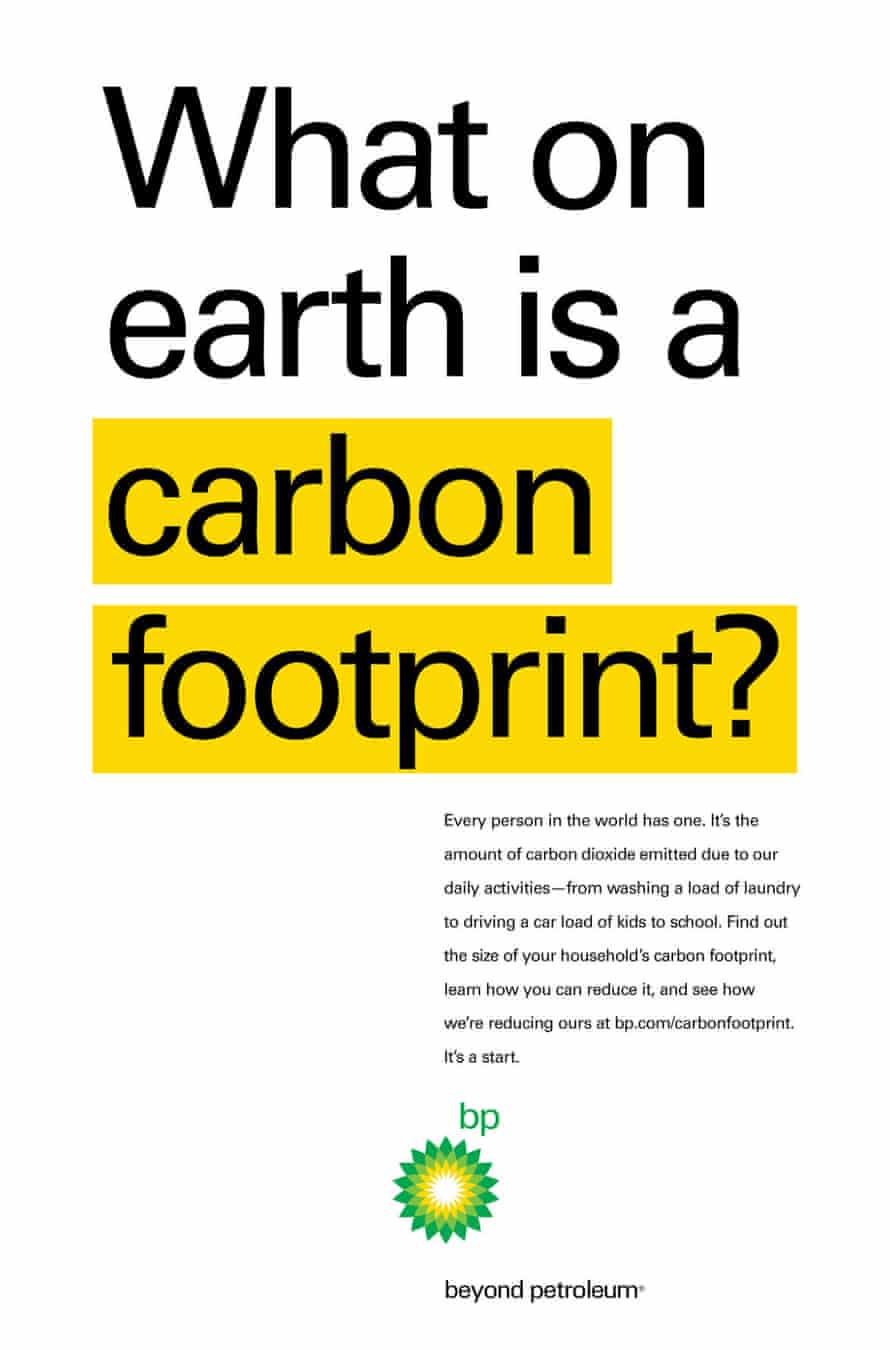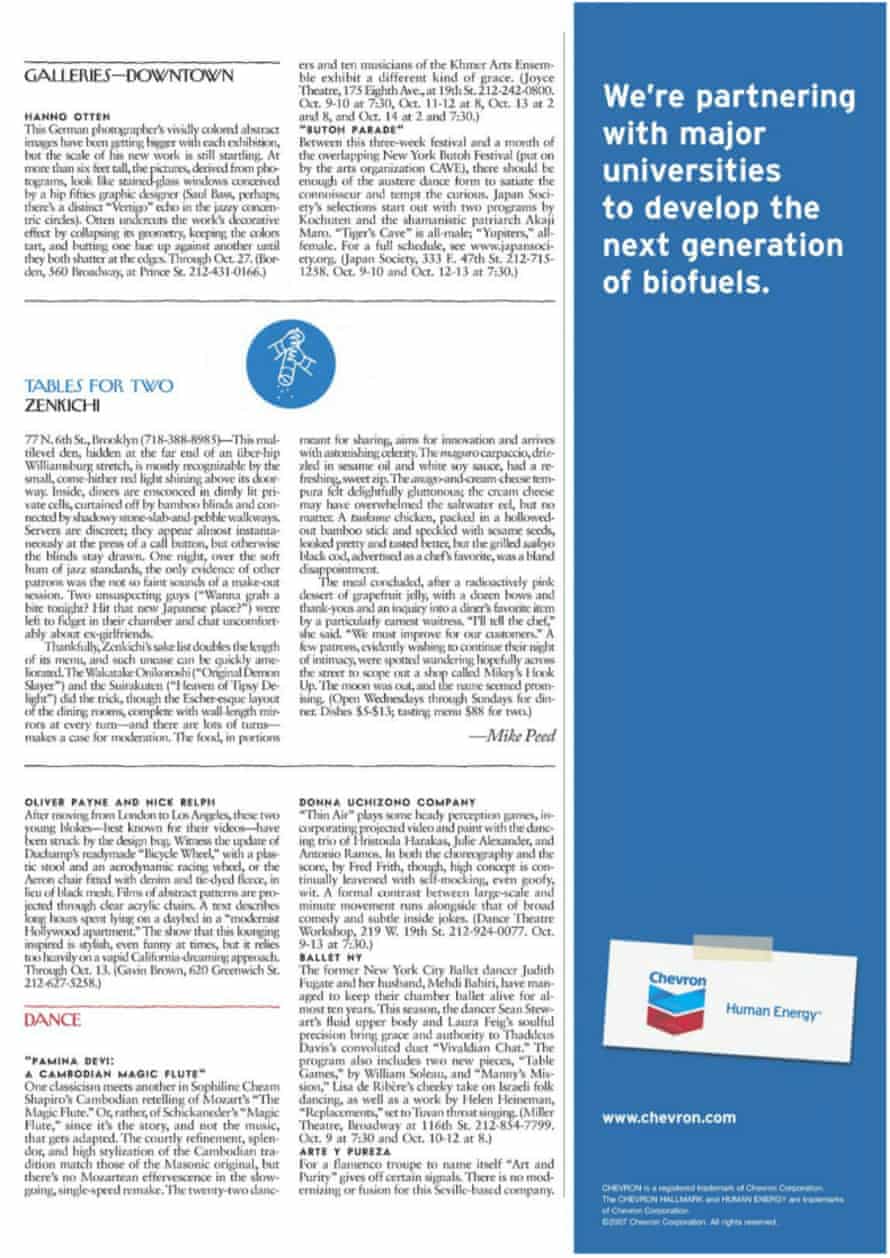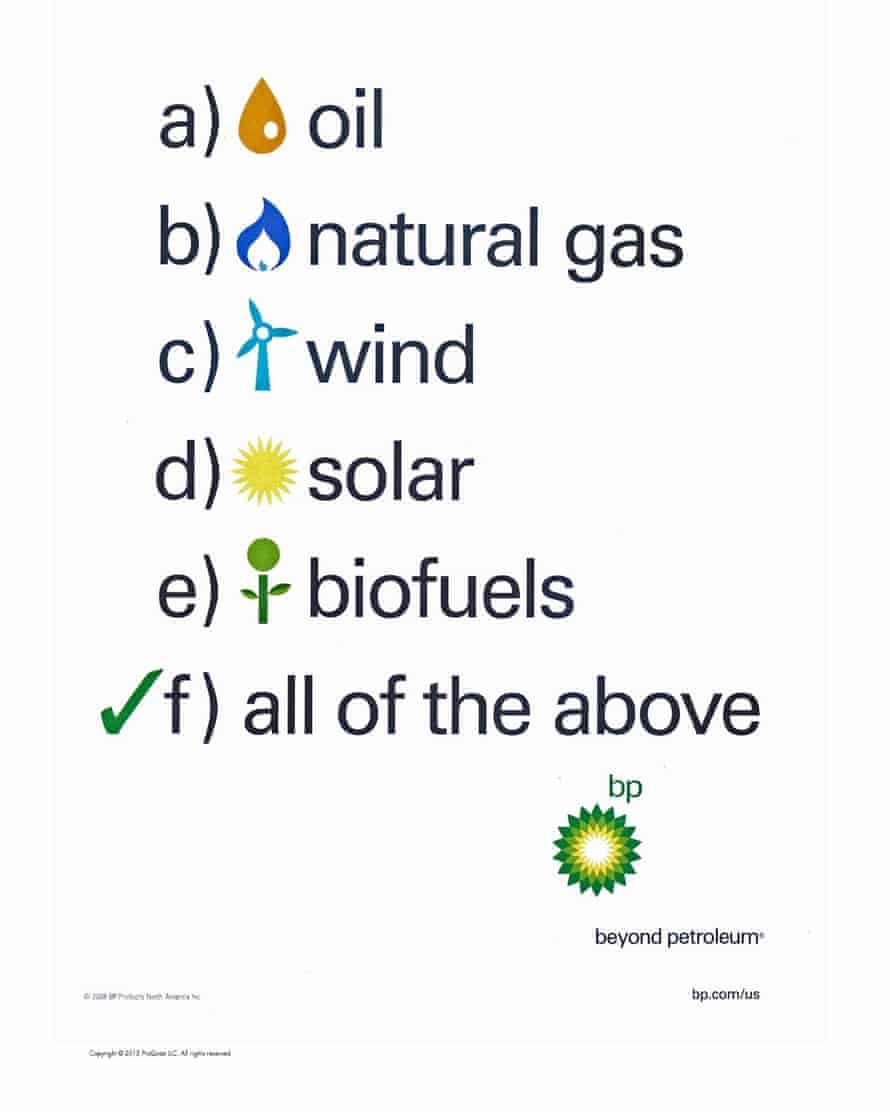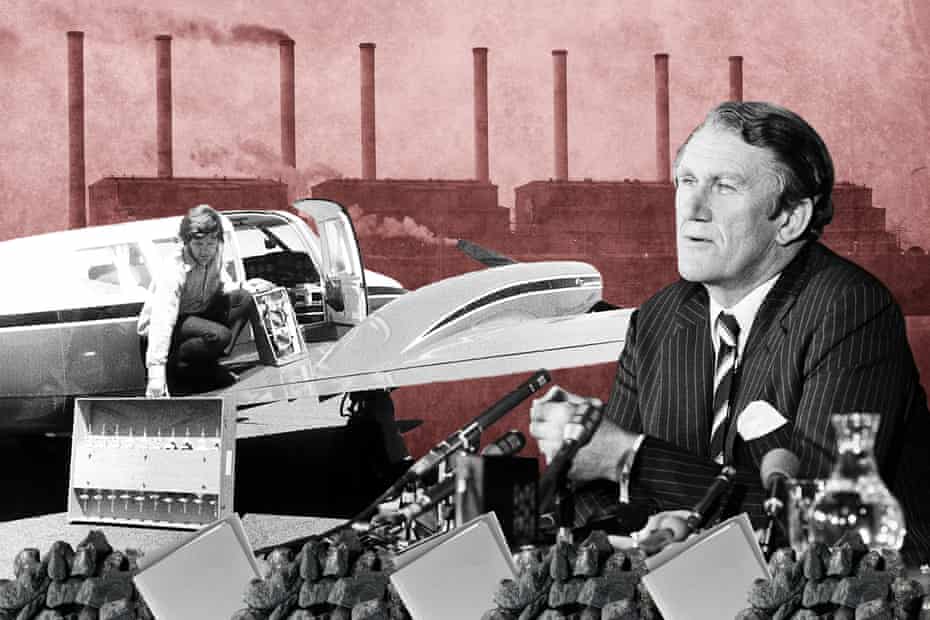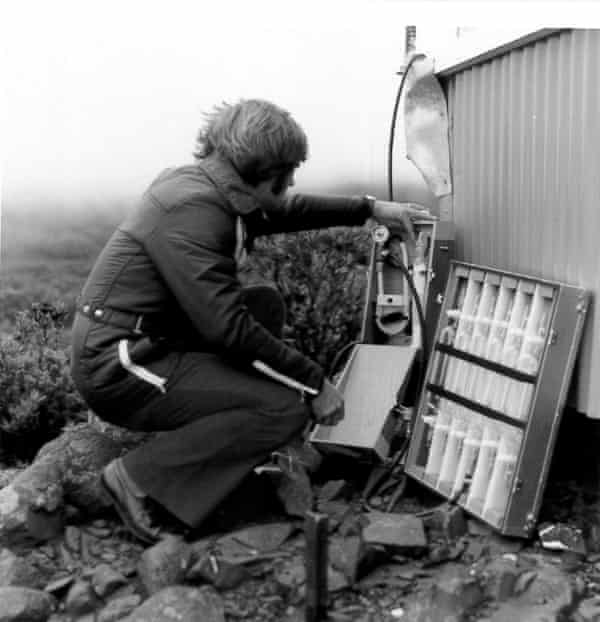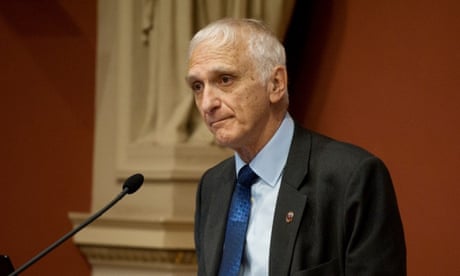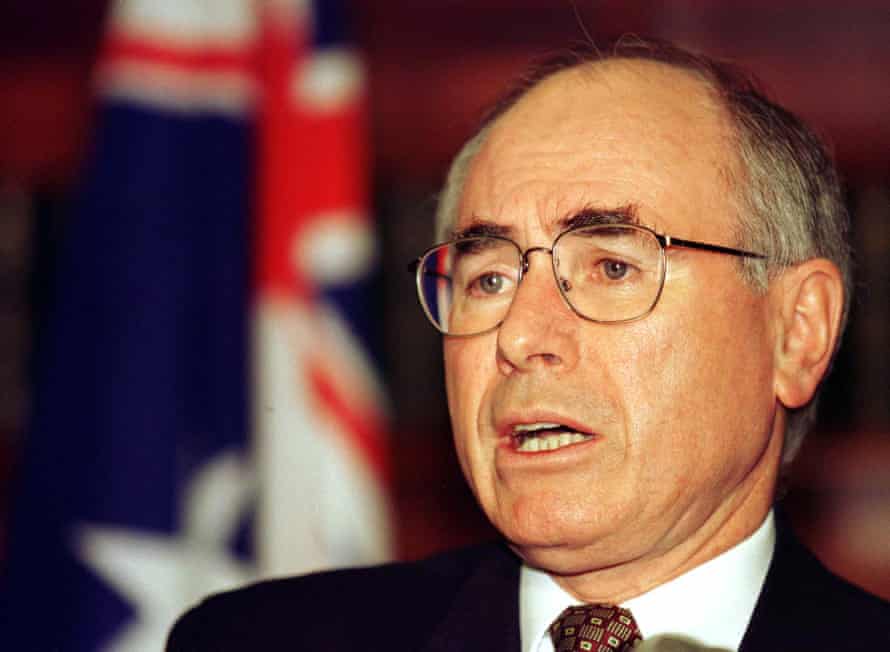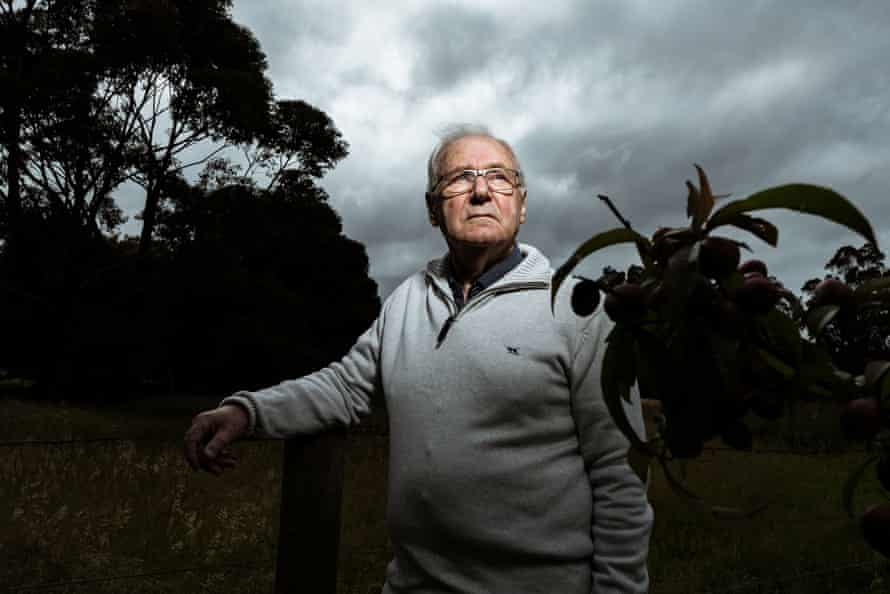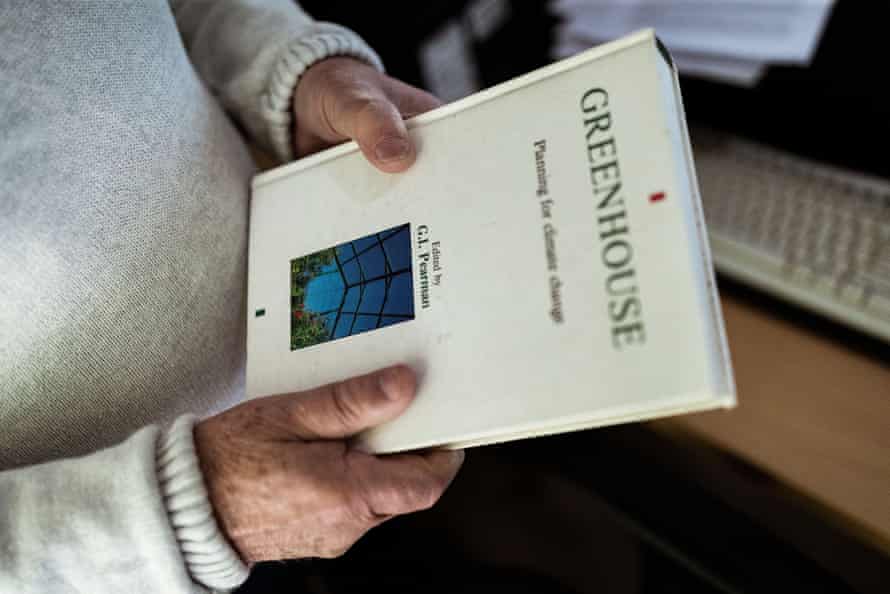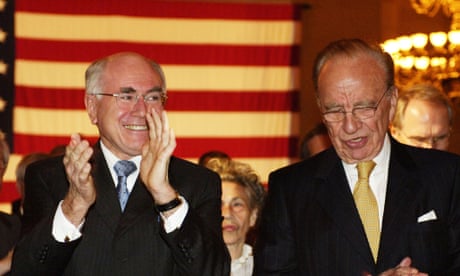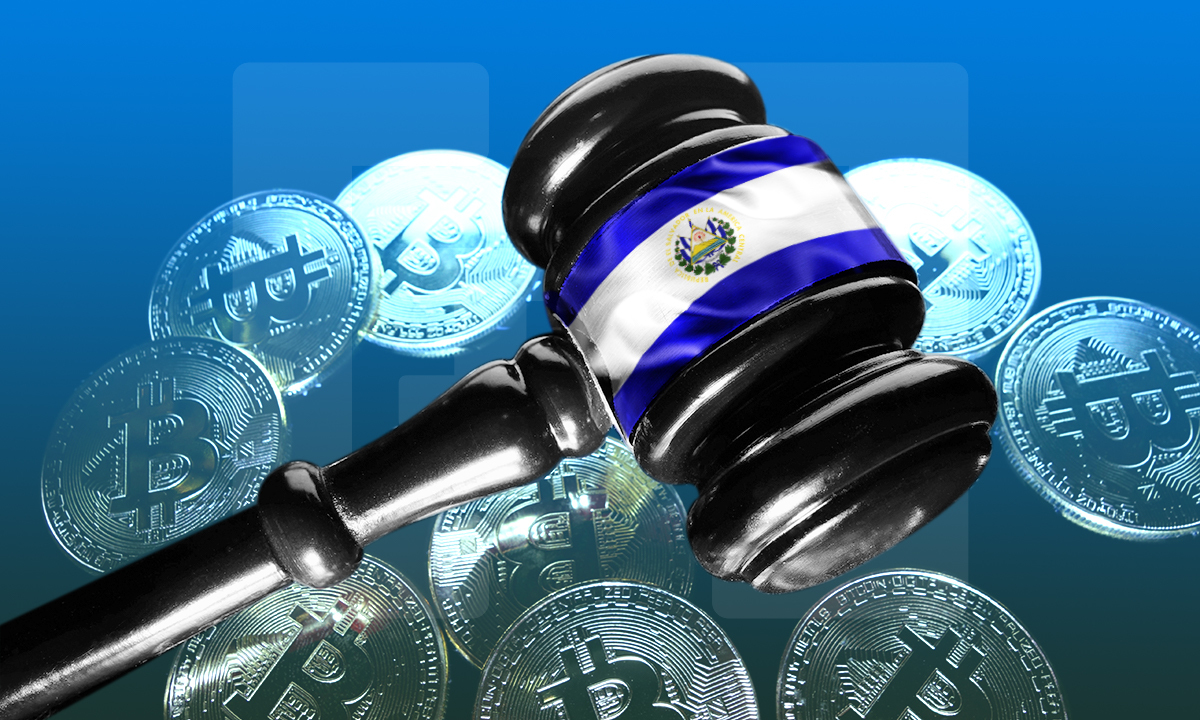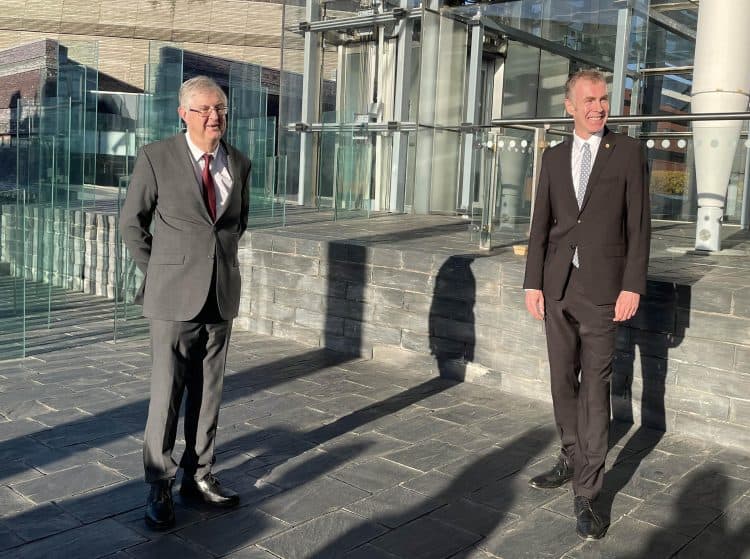Lupins offer high protein and resistance to aphanomyces root rot
By Treena Hein
Published: November 26, 2021

Seed multiplication will continue in 2022, with a goal of crop commercialization in 2023.
Photo: Lupin Platform
Move over soybeans, canola and yellow peas — another high-value crop is in development in Canada to meet the demands of the rapidly evolving plant-based food product market — lupin. It may also represent a strong option for the local and export livestock feed markets.
Grown in ancient times for both food and feed, today lupin is almost all grown for livestock feed, mostly in Australia. Only four per cent of the global 2020 crop was consumed by humans. But recently, in Canada and beyond, lupin flour (made from the high-protein seeds) has begun to be included in baked goods and snacks. Loblaw’s President’s Choice brand has offered a lupin-wheat pancake mix, and in late August 2021, Nabati Foods Global of Edmonton launched a plant-based liquid “egg” product that contains lupin and pea protein. “Nabati Plant Eggz” will soon be available at Sobeys in Quebec and Whole Foods across B.C. and Ontario.
Even if market demand is not yet strong in Canada, lupin’s future looks rosy. It’s a nitrogen-fixing pulse crop that produces comparable yields to peas, with a protein content of 35 to 40 per cent compared to an average of 24 per cent for peas, says Tristan Choi, director of Lupin Platform, an Alberta-based lupin development firm. In addition, the company’s two varieties (bred in Europe) are resistant to aphanomyces root rot, which can reduce yield in some other pulse crops. Lupin Platform has registered a white lupin (Lupinus albus) called Dieta, and a blue (L. angustifolius, also known as narrow-leaved lupin) called Boregine.
The Lupin Platform team plans to market both varieties for food and feed, but each has a focus related to market access. Dieta production will be focused in Manitoba due to its longer growing season and proximity to initial industry customers in Canada and the U.S. Boregine, which has undergone trials involving Alberta Agriculture for most of the last decade, is well-adapted to various areas of Alberta. However, the Parkland areas will be the focus in order to keep transport costs low to the main market livestock feed in Asia.
Move over soybeans, canola and yellow peas — another high-value crop is in development in Canada to meet the demands of the rapidly evolving plant-based food product market — lupin. It may also represent a strong option for the local and export livestock feed markets.
Grown in ancient times for both food and feed, today lupin is almost all grown for livestock feed, mostly in Australia. Only four per cent of the global 2020 crop was consumed by humans. But recently, in Canada and beyond, lupin flour (made from the high-protein seeds) has begun to be included in baked goods and snacks. Loblaw’s President’s Choice brand has offered a lupin-wheat pancake mix, and in late August 2021, Nabati Foods Global of Edmonton launched a plant-based liquid “egg” product that contains lupin and pea protein. “Nabati Plant Eggz” will soon be available at Sobeys in Quebec and Whole Foods across B.C. and Ontario.
Even if market demand is not yet strong in Canada, lupin’s future looks rosy. It’s a nitrogen-fixing pulse crop that produces comparable yields to peas, with a protein content of 35 to 40 per cent compared to an average of 24 per cent for peas, says Tristan Choi, director of Lupin Platform, an Alberta-based lupin development firm. In addition, the company’s two varieties (bred in Europe) are resistant to aphanomyces root rot, which can reduce yield in some other pulse crops. Lupin Platform has registered a white lupin (Lupinus albus) called Dieta, and a blue (L. angustifolius, also known as narrow-leaved lupin) called Boregine.
The Lupin Platform team plans to market both varieties for food and feed, but each has a focus related to market access. Dieta production will be focused in Manitoba due to its longer growing season and proximity to initial industry customers in Canada and the U.S. Boregine, which has undergone trials involving Alberta Agriculture for most of the last decade, is well-adapted to various areas of Alberta. However, the Parkland areas will be the focus in order to keep transport costs low to the main market livestock feed in Asia.
Crop requirements
Gordon Butcher, CEO Of AgCall, a firm contracted by Lupin Platform to assist with research and commercialization, says a soil pH at or below 7.2 is needed for their blue lupin and less than 7.8 for their white. This is based on information provided by the breeders in Europe.
“Soil pH is considered a default indicator for soil calcium level, with calcium being higher the higher the soil pH. High soil calcium levels negatively affect nodule formation and if high enough, will cause iron deficiency in lupin. And high iron levels in the soil will not compensate or prevent this deficiency.”

A 10-per cent higher protein content may make the lupin price competitive with peas. photo: Lupin Platform
Dieta should be planted the last week of April up to the end of the first week in May and needs about 125 days to maturity, similar to soybean. Boregine’s planting window is similar to Dieta but it matures in 110 to 115 days. Nitrogen requirement is low when the proper inoculant is applied to the seed. A liquid inoculant is now registered because the equipment of Prairie growers is set up for liquid and because it provides improved seed coverage over powder.
Regarding weed control, Butcher says “Registered broadleaf herbicides are still an issue but research is underway and will continue next year. We hope to have a number of new options of registered products when large-scale commercial production gets underway in 2023. With respect to crop insurance, we’re working with insurance companies, but it will take a couple of years of commercial production for crop insurance to move forward.”
Butcher adds that “We know we need to be competitive with peas in order for farmers to be interested. Because lupins have about 10 per cent higher protein than peas, we expect the price to be higher than peas when we get commercial production.”
Outlook for 2022
Butcher says that due to the severe drought in Manitoba this year, Lupin Platform’s seed multiplication has been low and hopefully will increase in 2022.
Next year, a few commercial farmers in Manitoba will also grow a limited acreage of 20 to 40 acres each. Due to the drought, there will not be any certified seed for Alberta growers in 2022.
This year in Manitoba, Red River Seeds and JS Henry and Son Ltd. are multiplying Dieta, and in Alberta, Galloway Seeds, Lindholm Seed Farm and Brian Ellis Seed are doing the same for Boregine.
Lupin Platform is also partnering with Hensall Co-op and two farmers in Ontario to investigate agronomic/economic fit for Dieta.
Dieta should be planted the last week of April up to the end of the first week in May and needs about 125 days to maturity, similar to soybean. Boregine’s planting window is similar to Dieta but it matures in 110 to 115 days. Nitrogen requirement is low when the proper inoculant is applied to the seed. A liquid inoculant is now registered because the equipment of Prairie growers is set up for liquid and because it provides improved seed coverage over powder.
Regarding weed control, Butcher says “Registered broadleaf herbicides are still an issue but research is underway and will continue next year. We hope to have a number of new options of registered products when large-scale commercial production gets underway in 2023. With respect to crop insurance, we’re working with insurance companies, but it will take a couple of years of commercial production for crop insurance to move forward.”
Butcher adds that “We know we need to be competitive with peas in order for farmers to be interested. Because lupins have about 10 per cent higher protein than peas, we expect the price to be higher than peas when we get commercial production.”
Outlook for 2022
Butcher says that due to the severe drought in Manitoba this year, Lupin Platform’s seed multiplication has been low and hopefully will increase in 2022.
Next year, a few commercial farmers in Manitoba will also grow a limited acreage of 20 to 40 acres each. Due to the drought, there will not be any certified seed for Alberta growers in 2022.
This year in Manitoba, Red River Seeds and JS Henry and Son Ltd. are multiplying Dieta, and in Alberta, Galloway Seeds, Lindholm Seed Farm and Brian Ellis Seed are doing the same for Boregine.
Lupin Platform is also partnering with Hensall Co-op and two farmers in Ontario to investigate agronomic/economic fit for Dieta.

Grown in ancient times for both food and feed, lupin today is grown almost entirely for livestock feed, and mostly in Australia. photo: Lupin Platform
Although 2021 has been challenging, Choi, Butcher and their colleagues say they are excited about continued development of the value chain from variety development and seed and grain production to the development of value-added processing technologies and end-use markets. “We want Canada to be the supplier of choice for the highest-quality lupin available worldwide,” says Choi.
For more information visit lupinplatform.com.
Although 2021 has been challenging, Choi, Butcher and their colleagues say they are excited about continued development of the value chain from variety development and seed and grain production to the development of value-added processing technologies and end-use markets. “We want Canada to be the supplier of choice for the highest-quality lupin available worldwide,” says Choi.
For more information visit lupinplatform.com.
A grower’s experience
Dane Lindholm of Lindholm Seed in New Norway, Alta., grew 88 acres of Boregine for Lupin Platform this year.
It was the first year for lupins on the farm, and the area had below-average rainfall and extreme heat in the early part of the growing season. The seed was treated with Vibrance Maxx and powdered inoculant (which is being replaced by liquid). Lindholm says there was quick emergence, and “You want to have it in early. We planted April 27. And you don’t want to seed too deep.”
For harvest, Lindholm says the best desiccation timing needs to be worked out so that the stalk and pods are ready at the same time.
“Overall, we were happy with how the plants looked, and there’s definitely a fit for them here,” Lindholm sums up.“Lupins are going to work ... harvest stability is the main issue at this point in my view.”
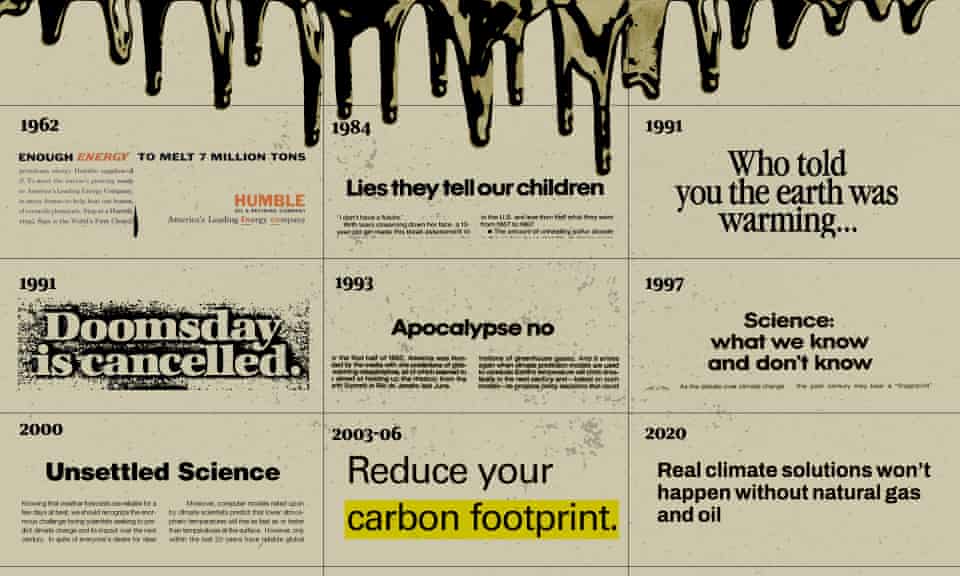
.png)

